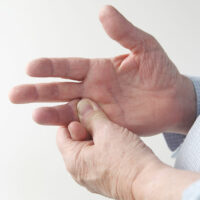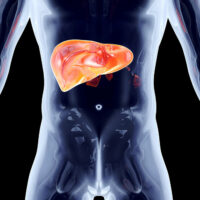5 types of pain symptoms that should not be ignored

Experiencing pain is a natural part of life as it is the body’s way of telling what is wrong and what needs attention. Pain can be explained via factors like health history, environment, and an accident. It can range from mild to severe; however, if the cause of the pain isn’t evident and it is chronic, there may be underlying factors to manage. The pain’s root cause may also involve a potentially life-threatening health risk.
Chest pain
Any kind of chest pain tends to be associated with a heart attack, and while this may not always be true, it is important not to let chest pain go undiagnosed. There are other reasons chest pain could occur, including severe acid reflux, also called GERD, a blood clot that may have moved to the lungs or the heart, or other related illnesses. Chest pain could be followed by shortness of breath, difficulty breathing, dizziness, fatigue, heaviness, or tightening of the chest. Seek immediate help from a doctor to get a diagnosis and necessary treatment.
Eye pain
According to doctors, sudden or acute eye pain could be a sign of a detached retina, internal bleeding, or even acute glaucoma. All these conditions need immediate attention and treatment to avoid any further complications that could lead to loss of vision eventually. While sometimes it could just be a random eye pain, other times it could be something severe that can potentially affect your health in a life-threatening manner.
Headache
Headaches are very common, especially with a hectic lifestyle like today’s. Several triggers can lead to a headache, including dehydration, loud noise, bright lights, stress, food, and so on. It is important to notice if the headache feels more severe than usual and comes with other symptoms like blurry vision, weakness, vision change, or stiffness in the neck muscles. It is crucial to be more vigilant if these symptoms are observed after a head injury. Seek emergency help if you are experiencing any severe headaches.
Abdominal pain
Pain in the abdomen once in a while can be ignored; it may be caused due to bloating or bad food or even just gas. What cannot be ignored is severe abdominal pain, which leaves you weak and motionless and even with a fever sometimes. If there are other symptoms involved like vomiting and swelling, then it is possible that you are experiencing acute appendicitis, diverticulitis, or other serious infections that could lead to more health complications. Get help from a healthcare professional and a detailed diagnosis to start appropriate treatment for the same.
Back pain
Back pain after a long day at work is understandable. Especially with the kind of sedentary lifestyle most people lead nowadays. This puts anyone at high risk of developing back, shoulder, and neck pain issues that need professional attention. While it may seem like a trivial issue at first, continued bad posture and pain could possibly mean a torn muscle or ligament, a fracture, or even metastasized cancer that has spread to the spine. So ignoring chronic back pain is never recommended, and one should opt to visit a specialist for proper diagnosis and treatment. In severe cases, one may even need surgery.





